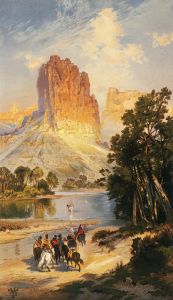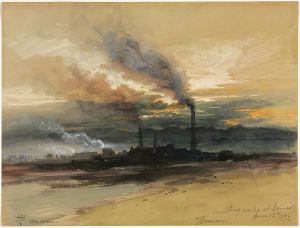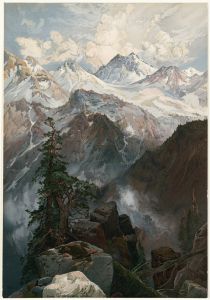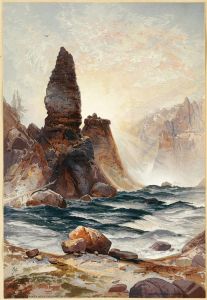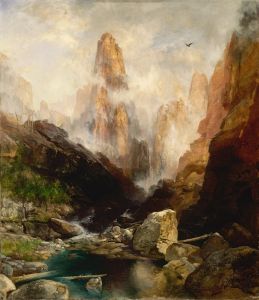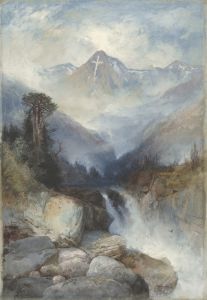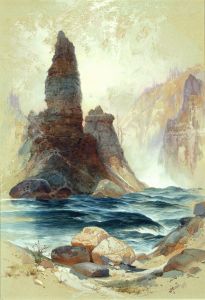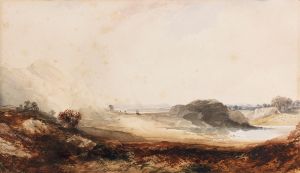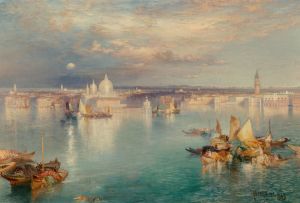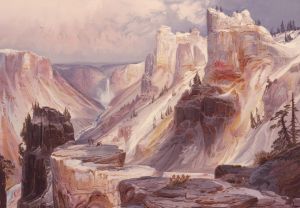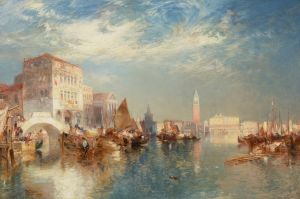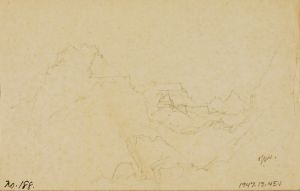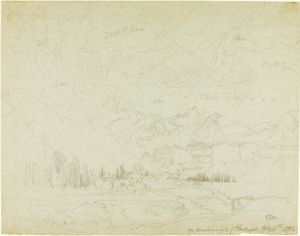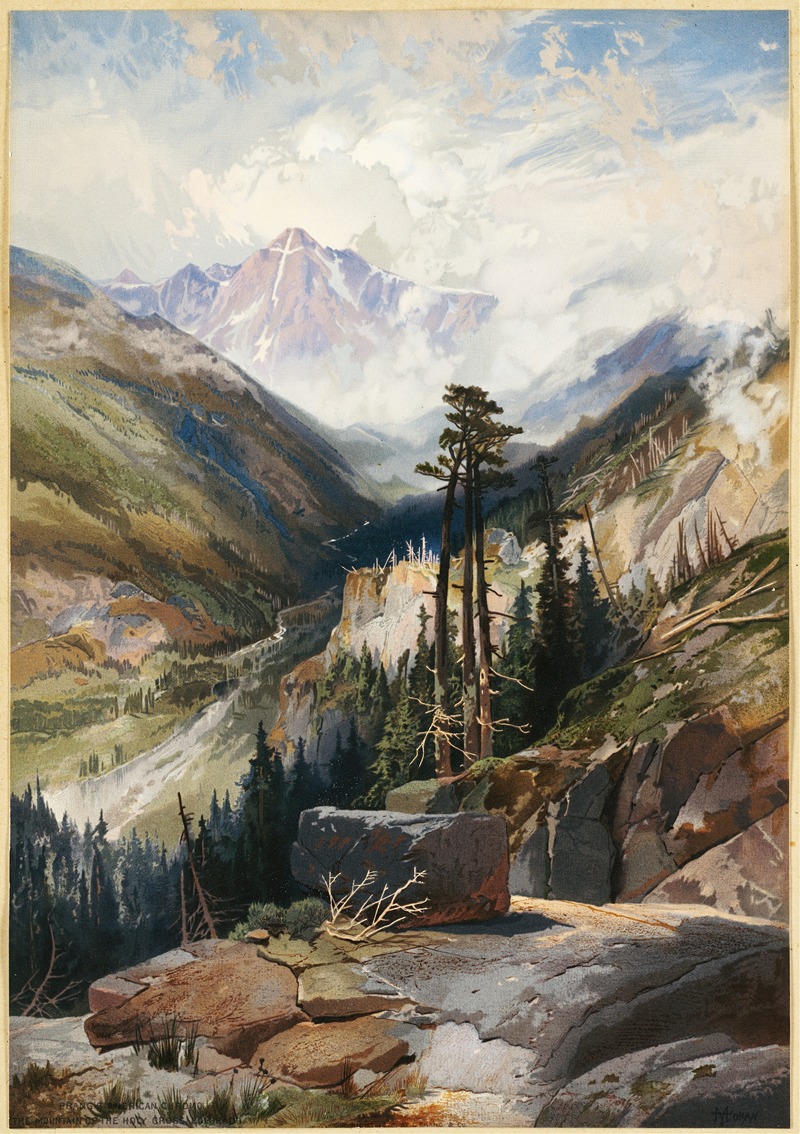
The Mountain of the Holy Cross, Colorado
A hand-painted replica of Thomas Moran’s masterpiece The Mountain of the Holy Cross, Colorado, meticulously crafted by professional artists to capture the true essence of the original. Each piece is created with museum-quality canvas and rare mineral pigments, carefully painted by experienced artists with delicate brushstrokes and rich, layered colors to perfectly recreate the texture of the original artwork. Unlike machine-printed reproductions, this hand-painted version brings the painting to life, infused with the artist’s emotions and skill in every stroke. Whether for personal collection or home decoration, it instantly elevates the artistic atmosphere of any space.
Thomas Moran's painting "The Mountain of the Holy Cross, Colorado" is a notable work of art that captures the natural beauty and majesty of the Rocky Mountains in the United States. Created in 1875, this painting is part of Moran's broader body of work that focuses on the American West, a region that he helped to popularize through his art.
Thomas Moran (1837–1926) was an American painter and printmaker of the Hudson River School in New York whose work often featured the dramatic landscapes of the American West. He is best known for his depictions of Yellowstone and the Grand Canyon, which played a significant role in the establishment of the National Parks system in the United States. Moran's work was instrumental in shaping public perception and appreciation of the American wilderness during the 19th century.
"The Mountain of the Holy Cross" depicts a real mountain located in the Sawatch Range of the Rocky Mountains in Colorado. The mountain is named for the distinctive cross-shaped snowfield that appears on its northeast face, which was first photographed by William Henry Jackson in 1873. Moran's painting was inspired by Jackson's photograph and his own visit to the site, which was part of the Hayden Geological Survey of 1873. This survey was one of several expeditions sponsored by the U.S. government to explore and document the western territories.
Moran's painting captures the grandeur and spiritual symbolism of the mountain, emphasizing the cross formation that had become a symbol of divine presence in nature for many viewers. The painting is characterized by Moran's use of vivid colors and dramatic contrasts, which highlight the rugged terrain and the ethereal quality of the light. His technique combines elements of realism with a romantic sensibility, creating a work that is both an accurate depiction of the landscape and an evocative expression of its beauty.
"The Mountain of the Holy Cross" was exhibited at the 1876 Centennial Exposition in Philadelphia, where it was well received by the public and critics alike. The painting contributed to Moran's reputation as one of the foremost landscape painters of his time and reinforced the cultural significance of the American West as a subject of artistic and national interest.
Today, "The Mountain of the Holy Cross" is held in the collection of the Autry Museum of the American West in Los Angeles, California. It remains an important example of Moran's work and a testament to the enduring allure of the American landscape. The painting continues to be appreciated for its artistic merit and its role in the broader narrative of American art and exploration. Through his work, Moran not only captured the physical beauty of the American West but also contributed to the cultural and historical understanding of the region.





